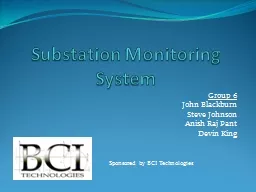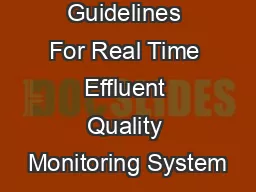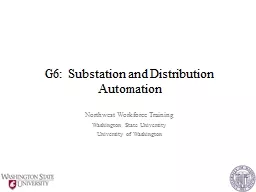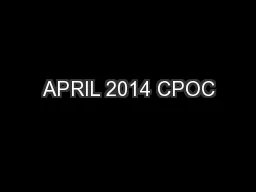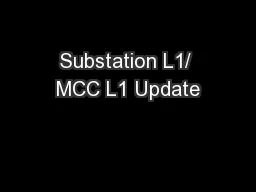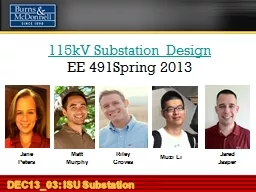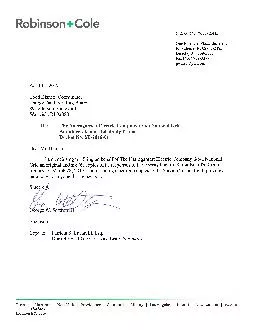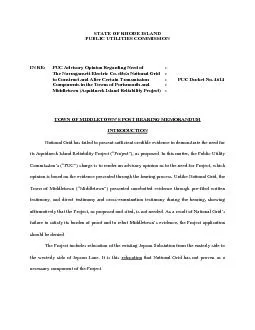PPT-Substation Monitoring System
Author : test | Published Date : 2018-01-08
Group 6 John Blackburn Steve Johnson Anish Raj Pant Devin King Sponsored by BCI Technologies Motivation All group members were in the same power systems class
Presentation Embed Code
Download Presentation
Download Presentation The PPT/PDF document "Substation Monitoring System" is the property of its rightful owner. Permission is granted to download and print the materials on this website for personal, non-commercial use only, and to display it on your personal computer provided you do not modify the materials and that you retain all copyright notices contained in the materials. By downloading content from our website, you accept the terms of this agreement.
Substation Monitoring System: Transcript
Download Rules Of Document
"Substation Monitoring System"The content belongs to its owner. You may download and print it for personal use, without modification, and keep all copyright notices. By downloading, you agree to these terms.
Related Documents

